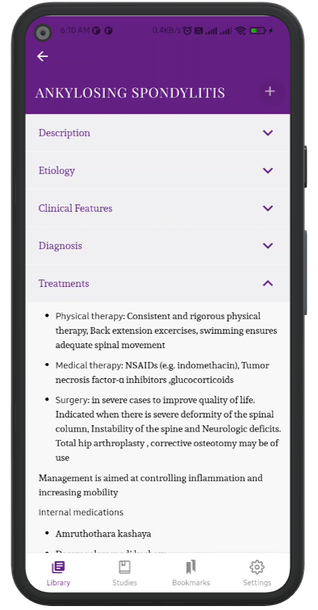KNEE LIGAMENT INJURIES
Description
- Knee ligaments are injured most often from indirect, twisting or bending forces on the knee, or often the result of rotational movement of the knee joint
- Four ligaments in the knee that are prone to injury are- Anterior cruciate ligament (ACL) , Posterior cruciate ligament (PCL), Lateral collateral ligament (LCL), Medial collateral ligament (MCL)
- With increasing sporting activities, injuries to the knee ligaments are on the rise
- The type of injury depends upon the direction of force and its severity
- Most common is MCL injury (40 %)
Types
- Pain, often sudden and severe
- A loud pop or snap during the injury
- Swelling, feeling of looseness
- Inability to put weight on the joint without pain
Essential features
Medial collateral
- Pain- Medial side
- Swelling- Medial side
- Tenderness- Medially, on the femoral condyle
- Tests- Valgus stress positive at 30° knee flexion
Lateral collateral
- Pain- Lateral side
- Swelling- Lateral side
- Tenderness- Laterally, on fibular head
- Tests- Varus stress positive at 30° knee flexion
Anterior cruciate
- Pain- Diffuse
- Swelling- Haemarthrosis
- Tenderness- Vague
- Tests- Anterior drawer test positive , Lachmann test positive , Pivot shift test positive
Posterior cruciate
- Pain- Diffuse
- Swelling- Haemarthrosis
- Tenderness- Vague
- Tests- Posterior drawer test positive , positive posterior sag sign , Positive quadriceps active test
Investigation
Stress test: This is a very useful test in diagnosing a sprain and judging its severity
- The ligament in question is put to stress by a maneuver
- When a ligament is stressed, in first and second degree sprains, there will be pain at the site of the tear
- In third-degree sprain, the joint will ‘open up’ as well
Anterior drawer test:
- Supine position
- Hip flexed 450, the knee held in 900 of flexion with tibia in neutral rotation
- Examiner stabilize the lower extremity by gently sitting on the foot
- A gentle anterior force to the proximal tibia is applied and anterior glide of the tibia is judged
- Increased tibial anterior gliding( Compared to opposite knee) and a soft endpoint inidicate an ACL tear
Lachmann test:
- Supine position
- Knee at 300 of flexion
- With one hand distal femur is stabilized and with other hand a gentle anterior force to the proximal tibia is applied
- Increased tibial anterior gliding( Compared to opposite knee) and a soft endpoint inidicate an ACL tear
Posterior drawer test:
- With the patient lying supine and knee at 900 flexion, the examiner fixes the foot on the table and pushes the proximal tibia backward
- A posterior sagging of the upper tibia may be obvious, and indicates a posterior cruciate tear
X- ray - bony avulsions and sag of Tibia
MRI - confirmatory
Arthroscopic examination
Treatments
- Conservative method: Most cases of grade I and II injuries
- The hematoma is aspirated
- Knee is immobilized in a cylinder cast or commercially available knee immobilizer
- After a few weeks, the swelling subsides, and adequate strength can be regained by physiotherapy
- Operative methods: The operation is usually performed 2-3 weeks after injury after the acute phase subsides
- Repair of the ligament: It is performed for fresh, grade III collateral ligament injuries
- Reconstruction: This is done in cases of ligament injuries presenting late with features of knee instability
Ayurvedic Treatment
Internal medicines
Acute stage
- Musthadi marma Kashaya
- Rasna saptaka kashaya
- Punarnavadi Kashaya
- Laksha guggulu
Chronic stage
- Rasnaerandadi Kashaya
- Dhanwantara kashaya
- Gandha taila
- Brihat chagaladi Gritha
Procedure
Acute
- Stabilize with splinted bandage/ knee brace
- Lepa - Nagaradi
- Murivenna Pichu or Bandage
Chronic
- Upanaha
- Dhara – Dhanyamla, Murivenna, Dhanwantara, Maha kukkutanta taila
- Abhyanga and Ushma sweda - Dhanwantara taila + Murivenna
- Janu vasti
- Patra Potala Sweda
- Shashtika Pinda sweda
- Mamsa pinda sweda
- Matra Vasthi - Sahacharadi taila
Department
Salya Tantra

